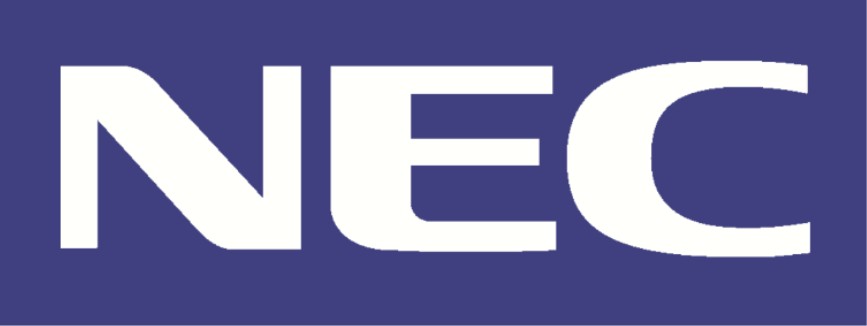NEC Corporation today announced the development of the “IoT  Service Enabler,” a platform capable of automatic network management and control which can also be used for Mobile Edge Computing (MEC), an architecture for next-generation wireless infrastructure.
Service Enabler,” a platform capable of automatic network management and control which can also be used for Mobile Edge Computing (MEC), an architecture for next-generation wireless infrastructure.
The IoT Service Enabler incorporates application interfaces for services, network interfaces defined by 3GPP, and interfaces for sensors and cameras defined by OneM2M, a global standards initiative for Machine to Machine (M2M) communications and the Internet of Things (IoT). These interfaces allow the IoT Service Enabler to carry out real time monitoring and analysis of information from sensors and cameras used for IoT services, network status updates and other data.
Moreover, the IoT Service Enabler automatically manages and controls network resources based on analyzed information and the network performance required for each IoT service. For example, when an automated driving service that requires low latency communication operates on the same network as a vending machine inventory management service that requires communication once every few hours, the IoT Service Enabler will automatically assign more network resources to the automated driving service.
Using the IoT Service Enabler will improve the efficiency of network operation, and will contribute to the realization of services that require low latency / high speed communication, as well as helping to streamline network operation costs, improve investment efficiency and promote the realization of next-generation 5G wireless communications.
“Recently, with the popularity of smartphones and the growth of the IoT, services using networks have become increasingly diverse and sophisticated, and services such as video monitoring and automated driving are starting to be realized,” said, Shigeru Okuya, general manager, SDN/NFV Division, NEC Corporation. “Using the IoT Service Enabler as an MEC platform will make it possible for carriers to efficiently operate various IoT services with different traffic characteristics on a single network.”









